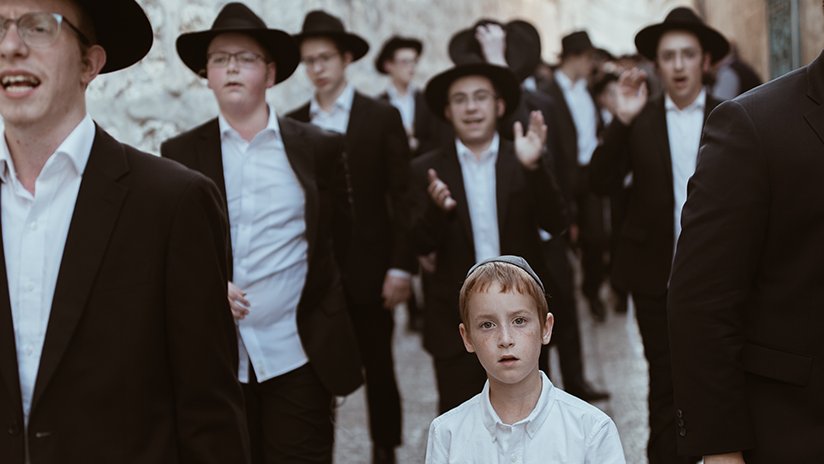
-
HOME
-
WHAT IS STANDOur Mission Our Values Our Help Contact
-
WHAT WE FIGHT FORReligious Freedom Religious Literacy Equality & Human Rights Inclusion & Respect Free Speech Responsible Journalism Corporate Accountability
-
RESOURCESExpert Studies Landmark Decisions White Papers FAQs David Miscavige Religious Freedom Resource Center Freedom of Religion & Human Rights Topic Index Priest-Penitent Privilege Islamophobia
-
HATE MONITORBiased Media Propagandists Hatemongers False Experts Hate Monitor Blog
-
NEWSROOMNews Media Watch Videos Blog
-
TAKE ACTIONCombat Hate & Discrimination Champion Freedom of Religion Demand Accountability
Is Nothing Sacred? United Nations Moves to Protect Religious Sites
The United Nations and its member states have a complicated history with regard to religious freedom. While the General Assembly has formalized a long list of resolutions and agreements supporting religious freedom—the 1948 Universal Declaration of Human Rights, the 1981 Declaration on the Elimination of All Forms of Intolerance and of Discrimination Based on Religion or Belief, the 1996 United Nations Year for Tolerance, the 2000 Declaration on the Elimination of all Forms of Religious Intolerance, and more—religious freedom is still throttled in many member countries. In fact, some of the worst violators of religious freedom, including China, Cuba and Pakistan, are members of the UN Human Rights Council.

The latest UN effort to curb religious intolerance is an agreement to convene an international conference on the protection of religious sites. The resolution was proposed by Saudi Arabia and cosponsored by Egypt, Iraq, Jordan, Kuwait, Yemen, and other Muslim-majority nations.
Abdallah Al-Mouallimi, Saudi Arabia’s permanent representative to the UN, told the General Assembly he felt the resolution, entitled “Promoting a Culture of Peace and Tolerance to Safeguard Religious Sites,” will help encourage and develop a climate of peace as a shield against extremism and protect religious sites and symbols from acts of violence, provocation and ridicule. Mr. Al-Mouallimi also called for an awareness of the responsibilities that accompany freedom of speech and cautioned that free speech can be used to incite violence.
The United Nations and its member states have a complicated history with regard to religious freedom.
The agreement is welcome news to many regions suffering from religious intolerance. In India, antireligious violence has escalated following enactment of its 2019 Citizenship Amendment Act (CAA) which enables a path to citizenship for refugees of various religions but excludes Muslims, the second largest religious group in the nation. The CAA has polarized the country and set religions against one another, and many Muslims are fearful of being stripped of their rights.
In China, mosques, temples and churches are being demolished, with religious minorities subjected to imprisonment as that country pushes its “sinicization” program to weed out foreign influences and make religions subservient to state control.

Nevertheless, the agreement brings forth many questions. Will this conference not only protect Muslims and their mosques in India and elsewhere, but also protect minority religions in Muslim countries? Will it attempt to curb certain types of religious speech and proselytization? Will the prohibition against “provocation or ridicule” compromise free speech, which also benefits religion? And will this resolution result in yet another well-intended international agreement that is largely ignored?
It’s too early to tell. But the conference could be the beginning of a new look at religious tolerance in a world no longer isolated and local, where different ideas must learn to get along in a global arena and where the Golden Rule must preside.
Perhaps this agreement, plastered onto all the other extant agreements, could—like accumulating layers of wallpaper—finally stop the chill drafts of religious intolerance and provide comfort for those just trying to worship in peace.









